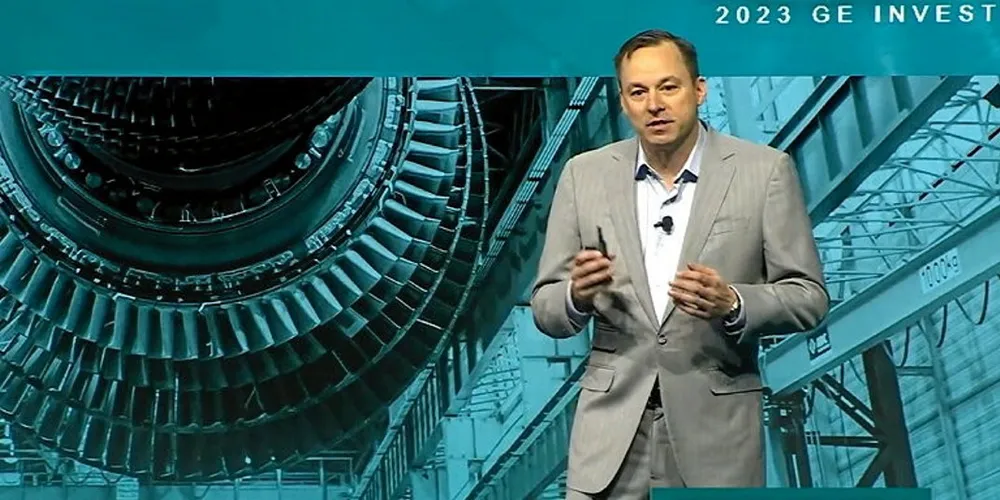GE declares Vernova 'ready to launch' as renewables loss narrows to $1.4bn
Industrial giant's onshore wind operation now profitable ahead of planned energy spin-off in April

US industrial giant GE claimed its GE Vernova energy spin-off “ready to launch” as its renewable energy arm narrowed its losses, aided by an improved showing from its troubled onshore wind operation.
GE Renewable Energy – which along with the group’s existing Power unit will form the bulk of the new Vernova business – made a loss of $1.44bn in 2023, narrowing the $2.24bn deficit it posted in 2022.
Renewable Energy’s loss for the fourth quarter was $347m against a year-earlier $454m.
GE said onshore wind – crucial to the fortunes of the renewables operation – was “profitable again from the second half of the year”, with grids in the black for 2023 as a whole. They helped offset “pressures” in the offshore wind operation, which saw cancellation of a "large offshore wind order" in the US state of New Jersey originally booked in Q2 last year.
GE plans to spin-off both GE Vernova and its GE Aerospace unit and declared both “ready to launch in early April”.
Onshore wind has been the focus of a massive efficiency and cost-reduction drive to help get it into shape ahead of the spin-off.
The business was profitable for a second consecutive quarter. GE Vernova CEO Scott Strazik cited cost-cutting, "significant" productivity gains, improved quality controls, combined with better pricing and order selectivity.
On 1 January, the onshore turbine order backlog was nearly $9bn with 70% in North America, the great majority in the US.
"Onshore will continue to improve significantly in 2024, achieving high single digit margins on roughly flat revenue from better [product] mix, price, and cost out," Strazik said on an earnings call.
Onshore wind customers in the US are "actively" investing and replenishing their project books right now, as they had utilised all developments prior to having clarity on the federal production tax credit (PTC), the main sector subsidy, he added.
The August 2022 climate law did renew the credit long-term, a welcome first for the sector, at an initial $27.50MWh for electric power sent to the grid in the first decade of a project's operation.
The law also provides 10% bonus eligibility if a project meets a certain percentage of US-origin manufactured product. Proposed Internal Revenue Service (IRS) guidance for eligibility requires a degree of accounting granularity from turbine OEMs that either they themselves don't use or the information is proprietary, according to analysts.
This has created an initial point of tension between turbine suppliers and their customers. They both are asking IRS to change some of the required information, although it is unclear if, and when, this would occur. And, if left as is, to what extent this criteria could negatively impact future turbine bookings.
Strazik said 2024 orders profile, much like revenue and shipments, will be more back-loaded in the second half than the initial six months.
Onshore wind and grid are the two largest businesses in renewables and together with natural gas turbines, represent 80% of GE Vernova's revenue, said Strazik. Grid was profitable in 2023.
Turning to offshore wind, he called the nascent business "challenging" with losses of roughly $1.1bn in 2023. The OEM began this year with a "tough" $4bn backlog for projects off the US Northeast and North Sea in Europe that it expects to "largely complete" by the end of 2025.
Twin offshore focuses in 2024 will be execution on the manufacturing side and speed of installation in an effort to limit negative impacts on parent GE Vernova's projected positive free cash flow of $700m to $1.1bn.
"Longer-term, offshore wind should play a key role in the energy transition," he said. "The industry is beginning to reset and while it does, we'll be highly selective on adding to the backlog."
(Copyright)